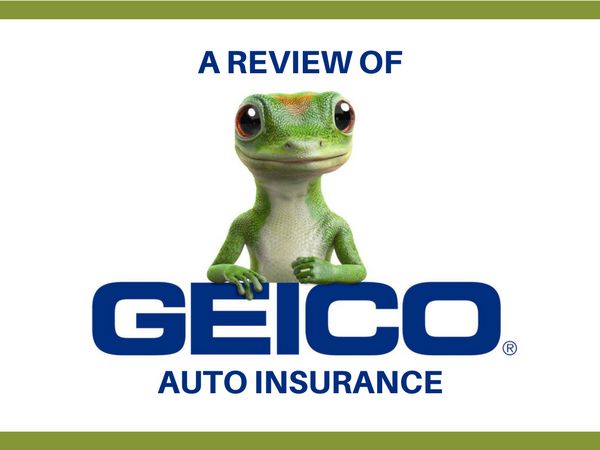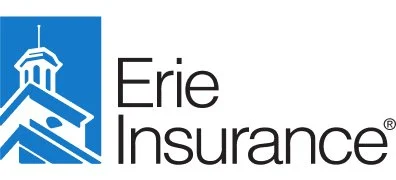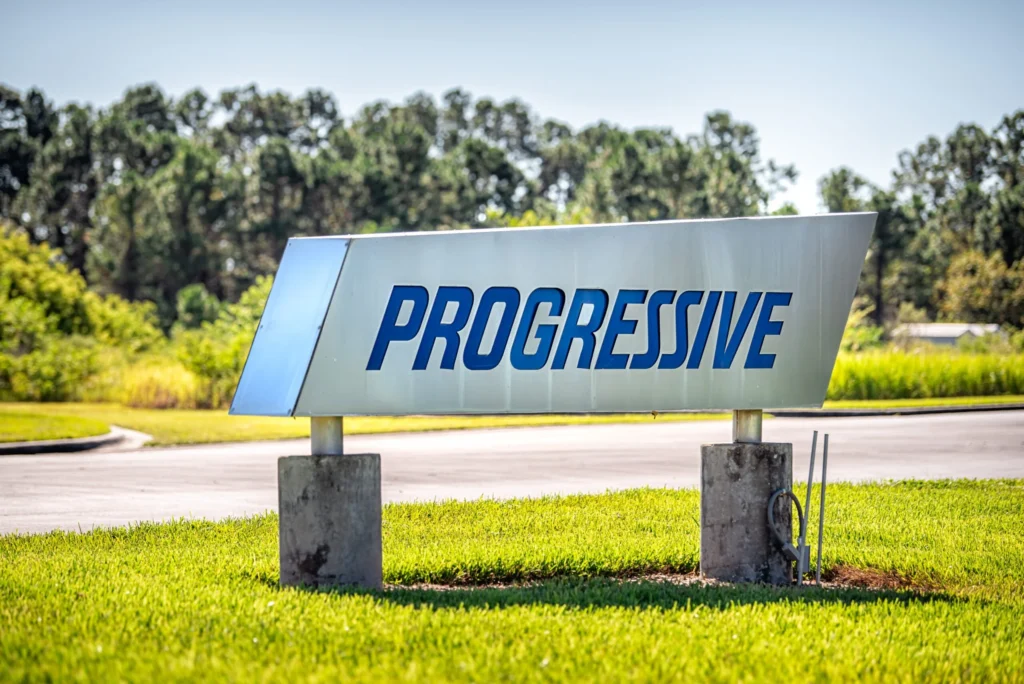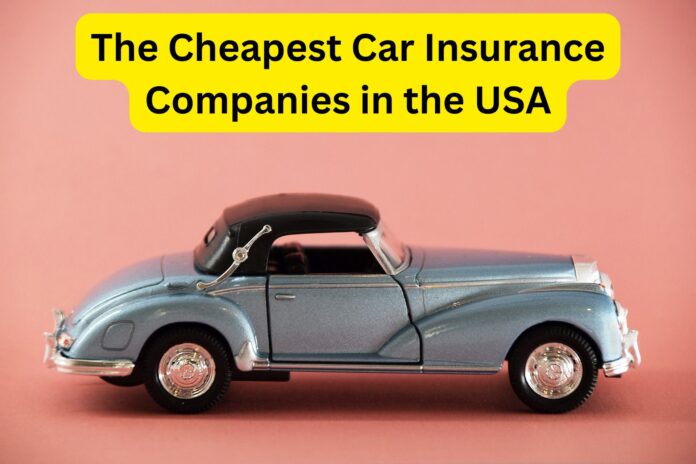The Cheapest Car Insurance Companies in the USA: A Comprehensive Guide for 2025
Finding affordable car insurance is a priority for millions of drivers across the United States. With premiums rising due to inflation, supply chain issues, and increased accident rates, securing reliable coverage at the lowest possible price has never been more critical. But with dozens of providers claiming to offer the “best rates,” how do you identify which companies truly deliver value without compromising on service?
This in-depth guide breaks down the cheapest car insurance providers in the USA, explains the factors influencing rates, and shares actionable tips to help you save. Whether you’re a new driver, a family, or a senior citizen, this article will help you make an informed decision.
Why Car Insurance Costs Vary So Widely
Before diving into the cheapest providers, it’s essential to understand why car insurance premiums differ drastically between companies. Insurers weigh several factors to determine your risk profile:
- Driving Record: A clean history with no accidents or violations typically earns the lowest rates.
- Age and Experience: Drivers under 25 and seniors over 70 often pay higher premiums due to statistical risk.
- Location: Urban areas with heavy traffic and higher crime rates lead to costlier coverage.
- Vehicle Type: Luxury cars, EVs, and models with expensive parts cost more to insure.
- Credit Score: In most states, insurers use credit-based insurance scores to set rates.
- Coverage Levels: Minimum liability coverage is cheaper than full coverage (comprehensive + collision).
By comparing quotes from multiple insurers, you can find a provider that offers competitive rates for your unique situation.
Top 10 Cheapest Car Insurance Companies in the USA (2025)
Based on aggregated rate data from Quadrant Information Services, customer satisfaction surveys, and financial strength ratings, here are the most affordable auto insurance providers nationwide:
1. USAA: Best for Military Members and Families

- Average Annual Premium: 1,050(fullcoverage)∣1,050(fullcoverage)∣400 (minimum coverage)
- Pros: Exclusive discounts for military personnel, top-rated customer service, and flexible payment options.
- Cons: Only available to active/retired military members and their families.
- Key Discounts: Safe driver, multi-policy, vehicle storage, and annual payment discounts.
USAA consistently ranks as the cheapest insurer for eligible drivers, offering rates 35% below the national average. Its standout customer support and tailored policies make it a top pick for military households.
2. GEICO: Best for Budget-Conscious Drivers

- Average Annual Premium: 1,200(fullcoverage)∣1,200(fullcoverage)∣450 (minimum coverage)
- Pros: Easy online quoting, robust mobile app, and discounts for federal employees and students.
- Cons: Mixed reviews on claims handling in some states.
- Key Discounts: Good driver, multi-vehicle, emergency deployment, and defensive driving course discounts.
GEICO’s low overhead costs and aggressive advertising allow it to offer some of the most competitive rates. It’s ideal for tech-savvy drivers who prefer managing policies digitally.
3. Erie Insurance: Best Regional Provider

- Average Annual Premium: 1,250(fullcoverage)∣1,250(fullcoverage)∣420 (minimum coverage)
- Pros: “Rate Lock” feature prevents premium hikes for minor claims, exceptional local agent support.
- Cons: Only available in 12 states (e.g., IL, PA, TN, OH).
- Key Discounts: Multi-policy, anti-theft device, and teen driver discounts.
Erie shines in the Midwest and Mid-Atlantic regions with personalized service and affordable rates. Its “New Car Discount” slashes premiums by 15% for vehicles under three years old.
4. State Farm: Best for Teen and High-Risk Drivers
- Average Annual Premium: 1,300(fullcoverage)∣1,300(fullcoverage)∣470 (minimum coverage)
- Pros: Largest network of local agents, competitive rates for young drivers, and usage-based savings via Drive Safe & Save.
- Cons: Limited discounts compared to rivals.
- Key Discounts: Good student, accident-free, and bundling discounts.
State Farm’s extensive agent network provides hands-on support, making it a solid choice for families adding teens to their policies.
5. Progressive: Best for High-Risk Drivers

- Average Annual Premium: 1,350(fullcoverage)∣1,350(fullcoverage)∣490 (minimum coverage)
- Pros: Name Your Price® tool, SR-22 filings, and usage-based Snapshot® program.
- Cons: Rates increase significantly after claims.
- Key Discounts: Pay-in-full, homeowner, and online quote discounts.
Progressive specializes in covering drivers with DUIs, speeding tickets, or lapsed coverage. Its comparison tool even shows competitors’ rates during quoting.
6. Auto-Owners Insurance: Best for Long-Term Savings
- Average Annual Premium: 1,280(fullcoverage)∣1,280(fullcoverage)∣460 (minimum coverage)
- Pros: Loyalty rewards, diminishing deductibles, and guaranteed renewal policies.
- Cons: Limited availability in 26 states.
- Key Discounts: Paid-in-full, paperless billing, and multi-car discounts.
Auto-Owners appeals to drivers seeking long-term relationships with an insurer, offering perks like $50 annual deductibles reductions for claim-free years.
7. Farmers Insurance: Best for Customizable Coverage
- Average Annual Premium: 1,400(fullcoverage)∣1,400(fullcoverage)∣510 (minimum coverage)
- Pros: Unique add-ons like rideshare and pet injury coverage.
- Cons: Higher-than-average premiums in some regions.
- Key Discounts: Alternative fuel, mature driver, and eSignature discounts.
Farmers stands out for its flexibility, allowing drivers to tailor policies with endorsements like custom equipment coverage.
8. Nationwide: Best for Accident Forgiveness
- Average Annual Premium: 1,380(fullcoverage)∣1,380(fullcoverage)∣500 (minimum coverage)
- Pros: Vanishing deductible program and accident forgiveness included in some policies.
- Cons: Below-average customer satisfaction scores.
- Key Discounts: SmartRide usage-based, anti-lock brake, and easy pay discounts.
Nationwide’s SmartMiles program offers pay-per-mile pricing, ideal for low-mileage drivers.
9. Travelers: Best for New Car Replacement
- Average Annual Premium: 1,320(fullcoverage)∣1,320(fullcoverage)∣480 (minimum coverage)
- Pros: New car replacement coverage for vehicles under five years old.
- Cons: Limited discounts for seniors.
- Key Discounts: Hybrid/electric vehicle, early quote, and continuous insurance discounts.
Travelers is a cost-effective choice for drivers leasing or financing new vehicles.
10. American Family: Best for Homeowners
- Average Annual Premium: 1,360(fullcoverage)∣1,360(fullcoverage)∣490 (minimum coverage)
- Pros: Bundling discounts with homeowners’ insurance, robust teen driver resources.
- Cons: Available in 19 states only.
- Key Discounts: Early bird, loyalty, and referral discounts.
How We Determined the Cheapest Providers
To rank these insurers, we analyzed:
- 2024 Rate Data: Compared average premiums for drivers aged 30-35 with clean records.
- Financial Strength: AM Best ratings to ensure companies can pay claims.
- Customer Satisfaction: J.D. Power claims satisfaction scores and NAIC complaint ratios.
- Discounts: Availability of money-saving opportunities.
7 Tips to Slash Your Car Insurance Premiums
- Raise Your Deductible: Increasing from 500to500to1,000 can save up to 25%.
- Bundle Policies: Combining auto + home/renters insurance saves 10–20%.
- Maintain Good Credit: Improve your credit score to qualify for better rates.
- Ask About Discounts: Over 50% of drivers don’t claim all eligible discounts.
- Drive Less: Usage-based programs reward low-mileage drivers.
- Drop Unnecessary Coverage: Older cars may not need comprehensive insurance.
- Compare Quotes Annually: Loyalty doesn’t always pay—switch insurers for better deals.
Common Mistakes to Avoid When Buying Car Insurance
- Choosing Minimum Coverage Blindly: State minimums often leave you underinsured.
- Ignoring Customer Service: Cheap rates mean little if claims take months to resolve.
- Overlooking Regional Insurers: Smaller companies like Erie often beat national carriers on price.
Final Thoughts
While USAA, GEICO, and Erie lead the pack for affordability, the “cheapest” insurer ultimately depends on your driving profile, location, and coverage needs. Always compare personalized quotes from at least three providers and read reviews to balance cost with reliability. By leveraging discounts and regularly reviewing your policy, you can secure quality coverage without breaking the bank.
Frequently Asked Questions (FAQs)
Q: Is GEICO really cheaper than State Farm?
A: GEICO often beats State Farm on price, but State Farm may offer better rates for drivers with accidents or teens.
Q: Can I get car insurance with a suspended license?
A: Most insurers won’t cover you, but non-standard providers like The General specialize in high-risk cases.
Q: What’s the cheapest state for car insurance?
A: Maine (900/yearaverage)andOhio(900/yearaverage)andOhio(1,100/year) have the lowest average premiums.
Q: Does paying car insurance monthly cost more?
A: Yes—insurers often charge 3–3–5 monthly fees. Pay annually to save up to $60/year.
By staying informed and proactive, you can navigate the complexities of car insurance and find a policy that’s both affordable and dependable.
Read More: Best Meal Prep Strategies for Fast Weight Loss Success
Finance and Business blog: News9 india
